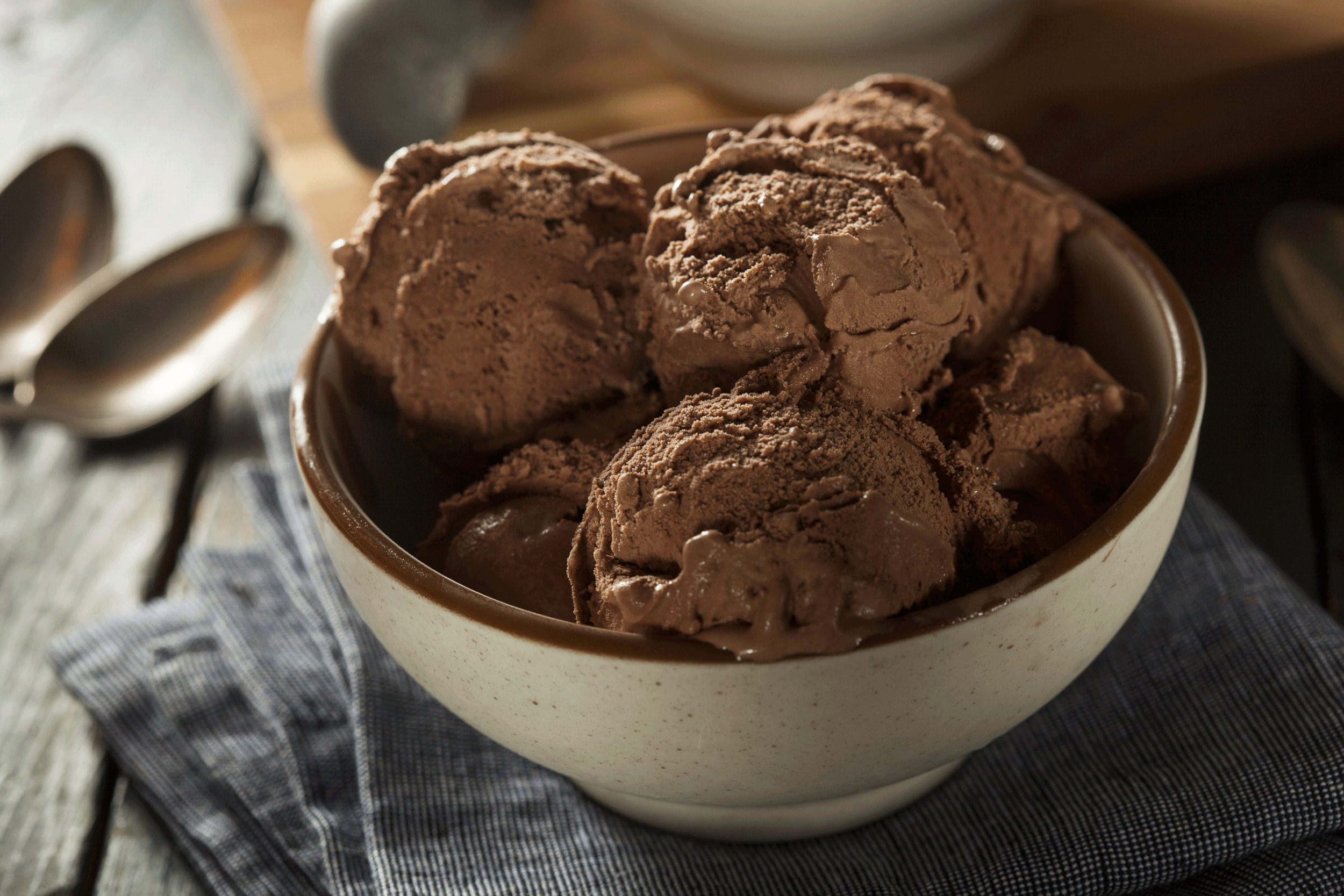Food intolerances and allergies, how to know if you’ve got one?
If after consuming certain foods that contain gluten, dairy, eggs, peanuts, corn or soy you feel a bit off, that should be your first sign. But what are those symptoms that tells us that something is wrong? And is it an intolerance or a true allergy?
There is a difference between a food intolerance and a true food allergy; the latter could send you to the hospital with a severe immune response while the former could just manifest itself as a stomach ache and over time other digestive issues.
Food allergy symptoms include vomiting, coughing, wheezing, shortness of breath, trouble swallowing and dizziness to name a few. Those signs appear within minutes to 2 hours at most of eating something harmful.
Bloating, gas, abdominal pain, nausea, skin reactions like rashes and eczema, flushing, hives, embarrassing symptoms like flatulence and diarrhea, muscle or joint pain, headaches or exhaustion all signal an intolerance and that something has not been agreeable to your intestinal tract and you must start doing something about it.
One of the main reasons we have these reactions to certain foods may be a leaky gut. Over time, it may go unnoticed that slowly you start to build an intolerance to foods that perhaps you did well with before. Due to stress, a diet high in processed foods or prescription medications, your gut lining develops tiny holes that open and allow foreign substances like gluten or casein to get through, starting a cascade of symptoms that you have no idea when they originated.
Your cells then mount an attack on those invaders and soon, if you continue consuming the trigger food, your cells can no longer recognize who’s bad and who’s good and they start attacking nearby organs, completely confused and on the offensive all the time. Your body is under attack, trying to protect you and is highly stressed. You start to experience all or some of the symptoms I listed, and truthfully, you cannot pinpoint when it all began. If left untreated, these symptoms can lead into an autoimmune problem.
There is a ton of research that points to an imbalanced microbiome at the root cause of food intolerances and allergies. When we feed our bodies too much sugar, the bad bacteria thrive and multiply. This creates imbalances in the microbiome with more bad bacteria than good and makes us more susceptible to food intolerances due to the overgrowth of yeast or fungus, byproducts of the bad bacteria. Common sense would have it that if we starve the body of sugar, then we would begin to crowd out the bad bacteria and we can start working on repopulating our microbiome with the good bacteria.
To do this, here is a list of foods to start incorporating into your diet that are highly unlikely to cause an inflammation or an allergic reaction. Of course, everyone is different, so see what works for you;
Leafy Greens: provide important minerals and B vitamins to improve immune function.
Probiotic rich foods; support immune health and can help repair damaged intestinal lining. Fermented vegetables are the best for example sauerkraut, carrots, kimchi, ginger
Bone broth; made from beef and chicken stock support the healing of leaky gut, full of necessary amino acids and minerals needed for gut repair.
Chicken: Most people tend to do well with chicken products for a good source of non-allergenic protein.
Vary your diet: Variation in the diet will prevent the development of food allergies; also, consider eating seasonally; buy locally and organic
How do you know if you have a true allergy or tolerance to a food?
A specialist such as an allergist would be your first stop. An allergist will run blood tests, oral food challenges and start you on an elimination diet to find out what the triggers may be. A nutrition coach such as myself, would encourage you to start on an elimination diet to empower you to become your own health detective. In this way, you would start to become aware of the things that might be hurting you like the sandwich bread at lunch time, or the milkshake you love but your intestines not so much.
My Reset program is a good place to begin, as it leaves out of the likely offenders like gluten, sugar and dairy. Give it a try, you won't be disappointed!
If you decide to (or have already) removed gluten, dairy and sugar from your diet, hit reply to this email or let me know your experience in the comments below!
Recipe (Dairy-free): Chocolate Ice "Cream"
Serves 2
3 bananas, sliced and frozen
2 tsp. cacao powder, unsweetened
1 tbsp almond butter
Instructions:
Place frozen bananas in food processor and blend until smooth (a few minutes). You may have to stop a few times to scrape the sides. Add cacao powder and almond butter and blend until mixed well.
Serve & enjoy!
Tip: You can make this in advance and freeze in an airtight container.
'Til next time!




